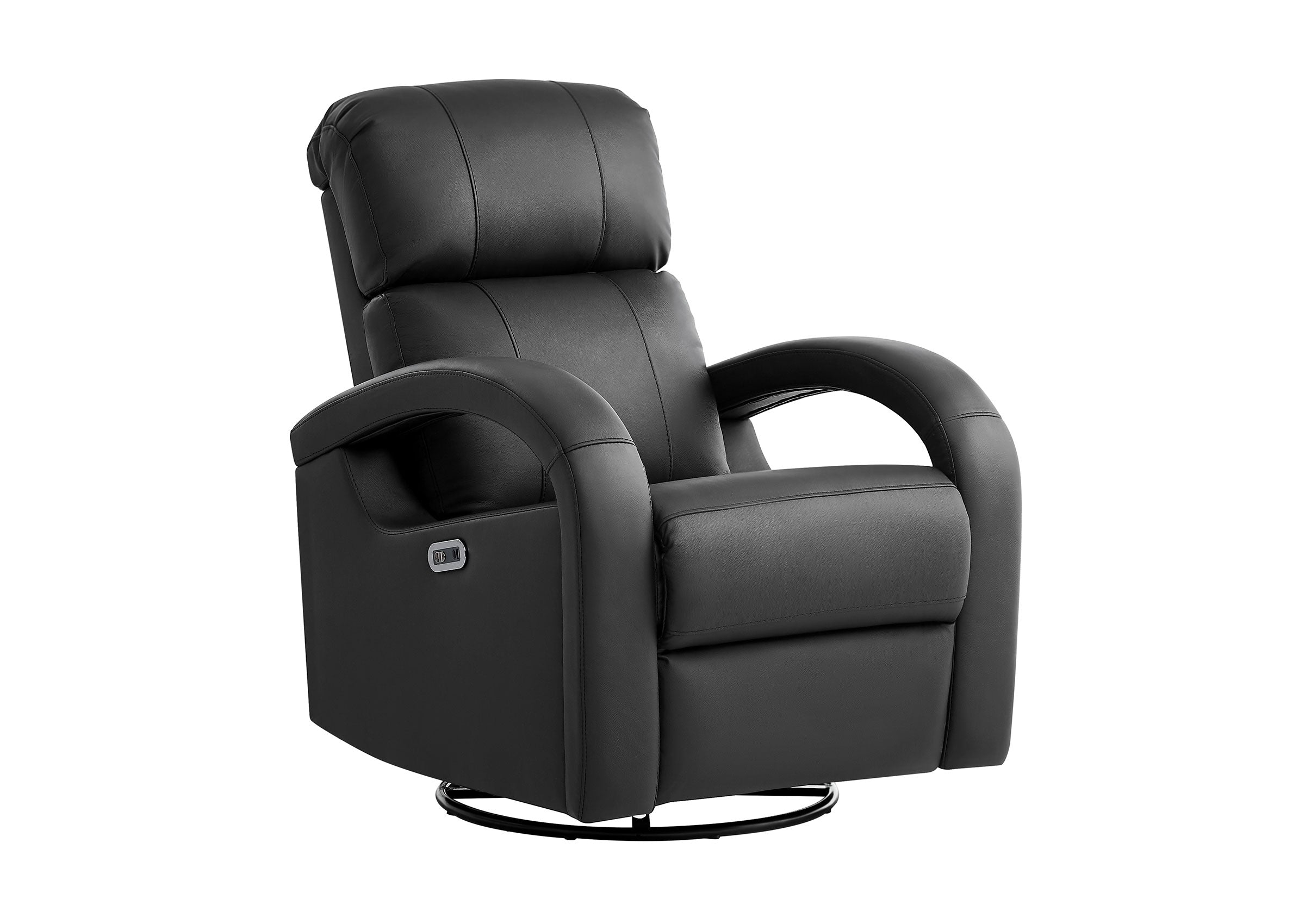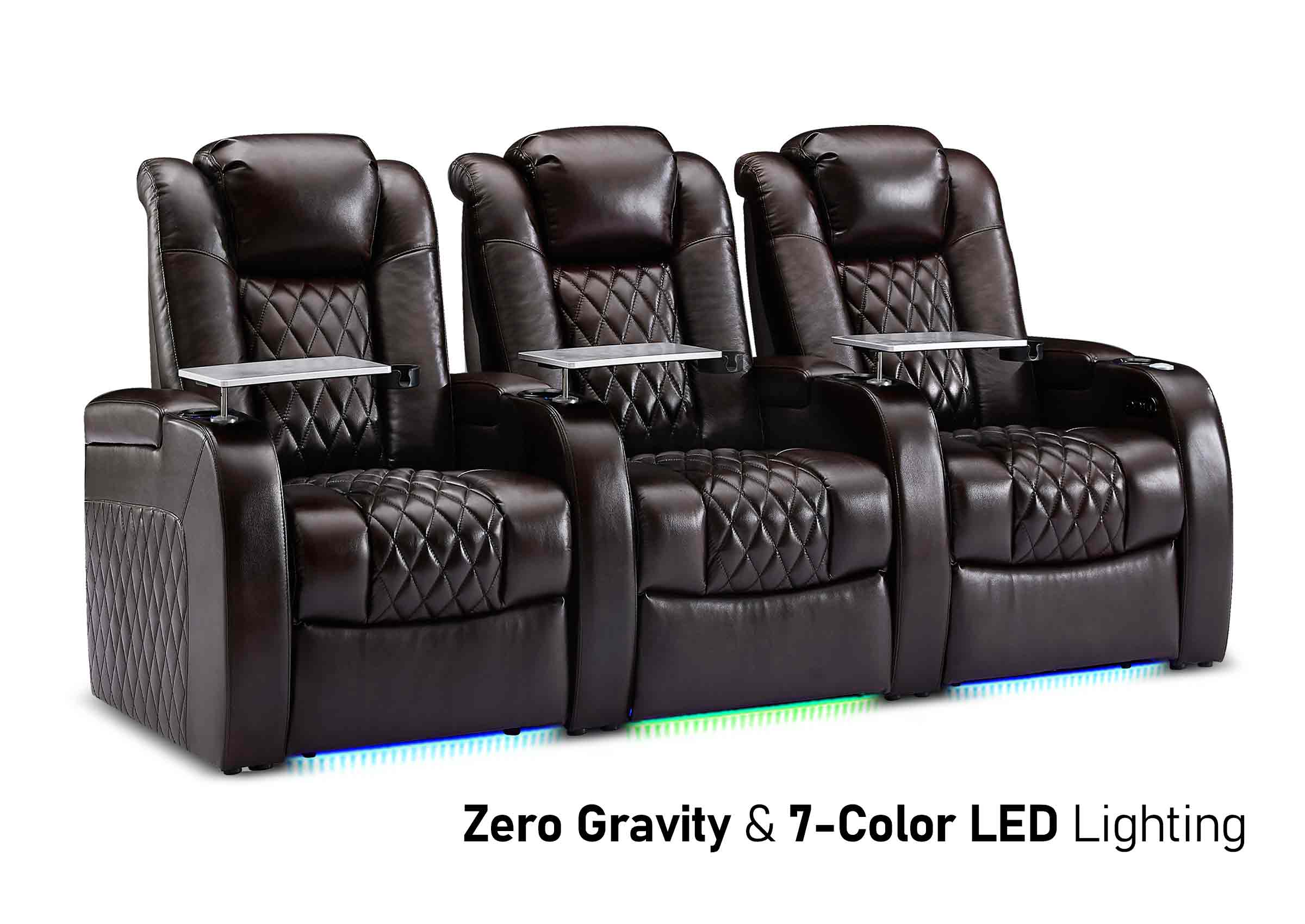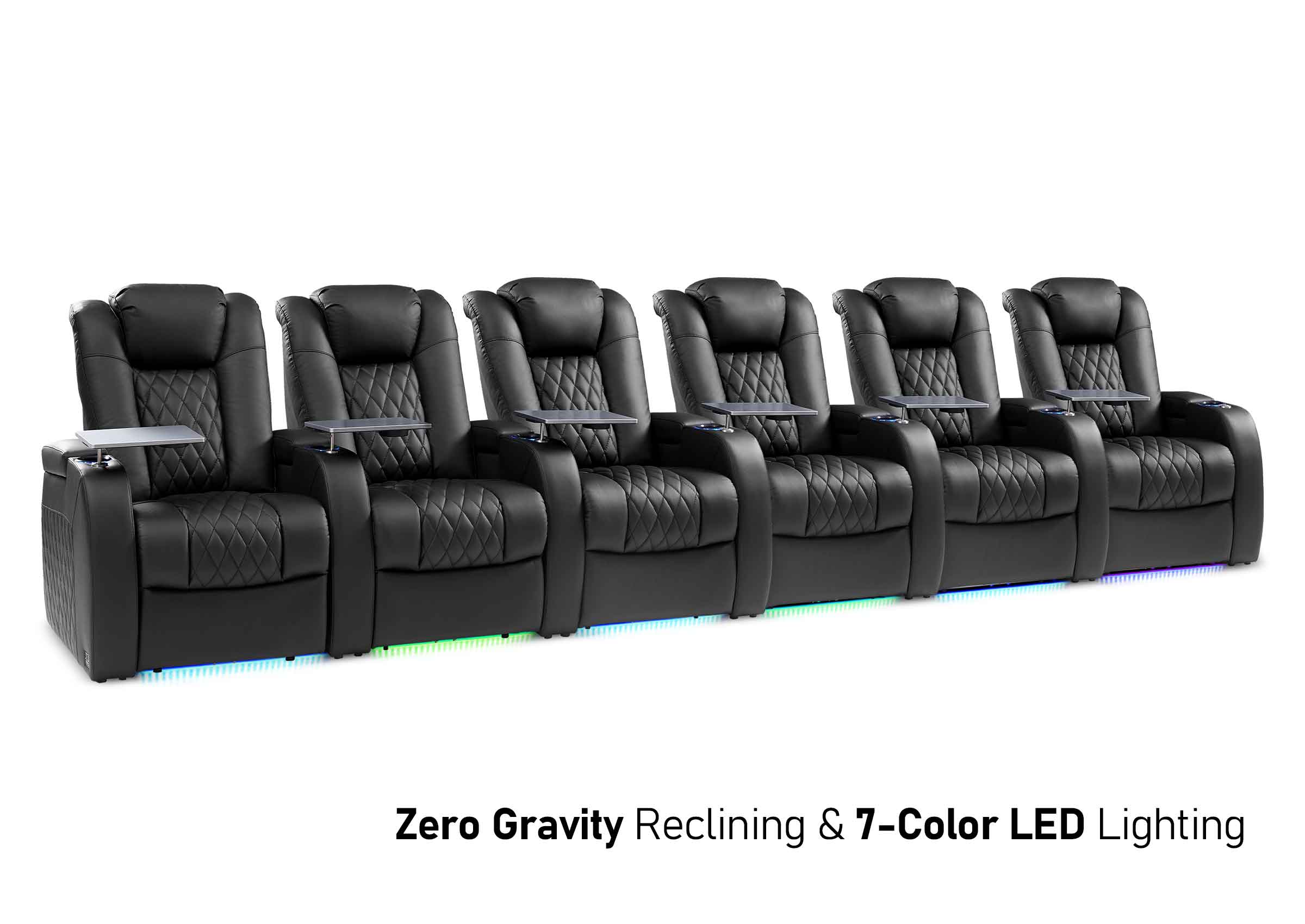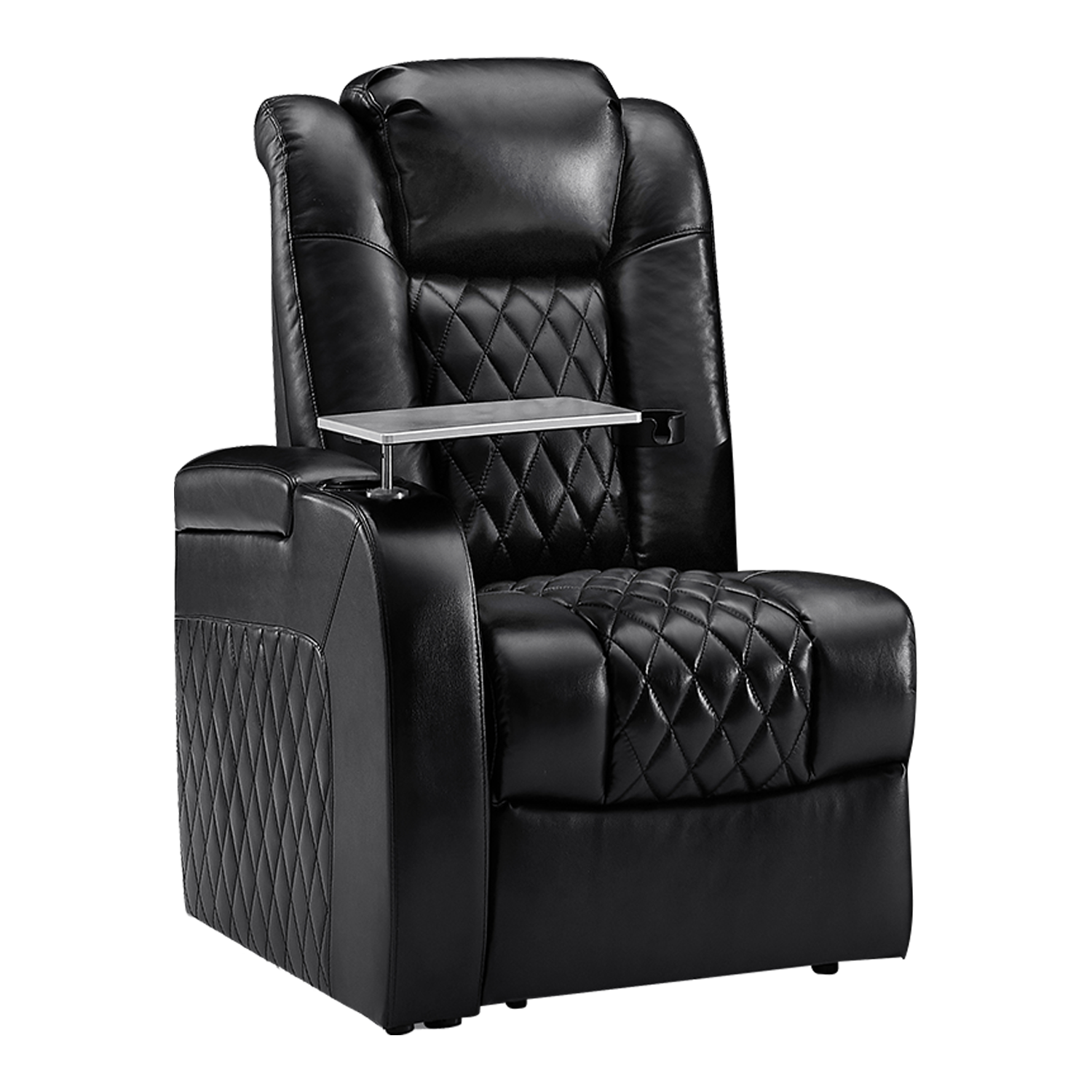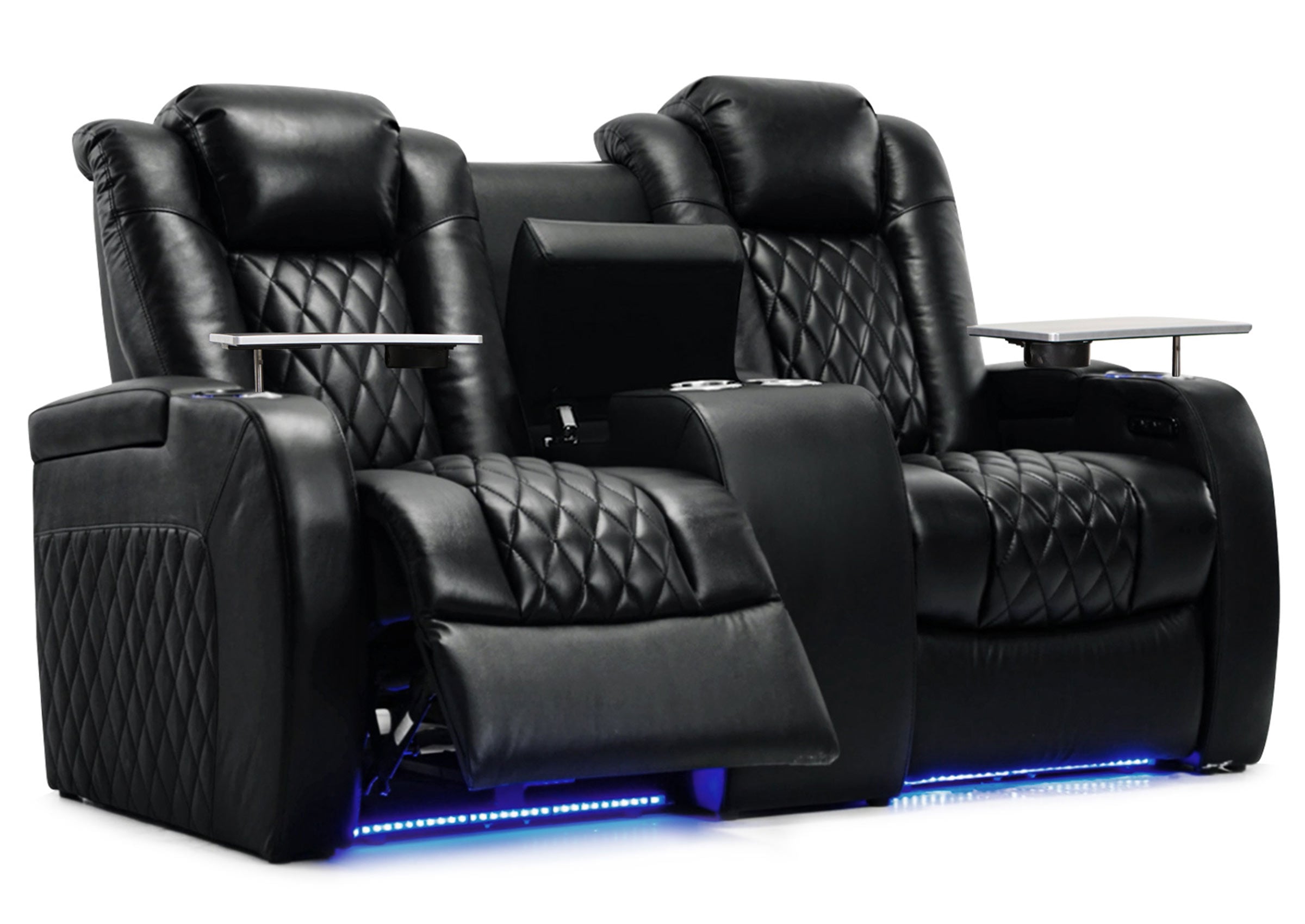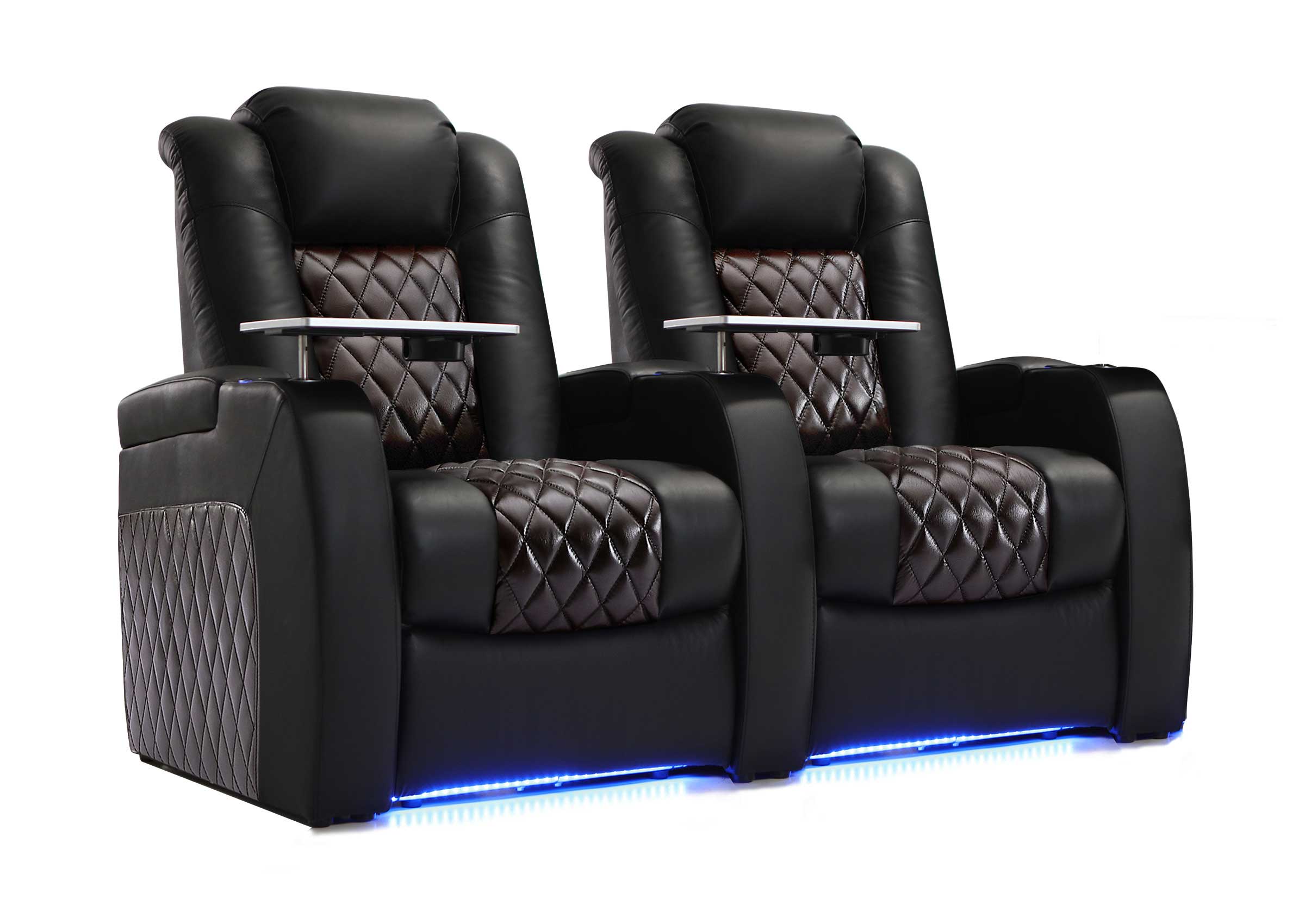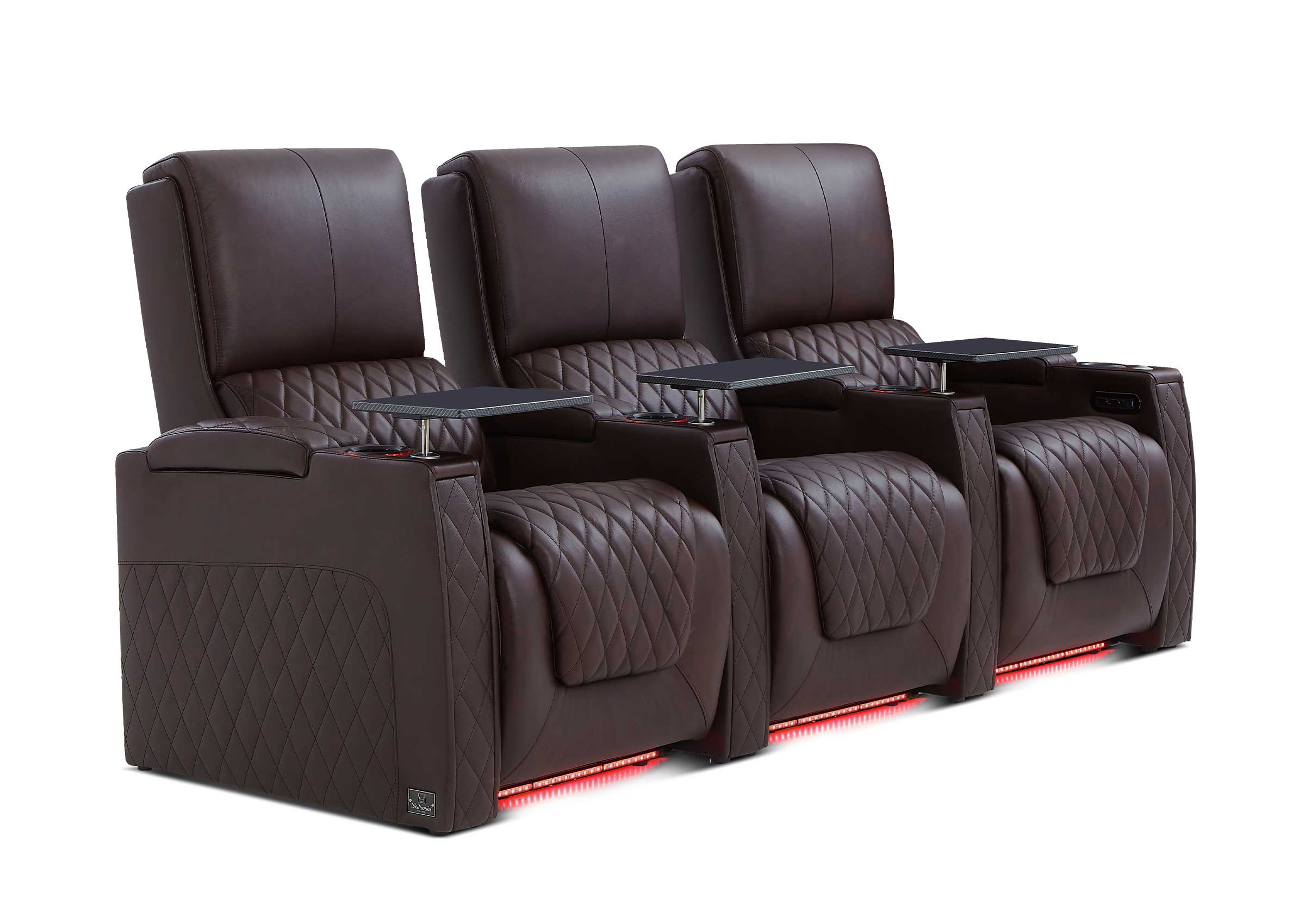The magic of a good film is its ability to transport you. A home theater delivers that magic directly into your living room, but it is more than a large screen and loudspeakers. The key to a fully immersive experience is in the design of the room itself. Here, we'll go through the way the dimensions of your room—be it a cozy den or a large basement—affect every choice you'll need to make.
Why Room Size Sets the Stage
Every room has its own personality, and when it comes to home theater, size dictates the rules. You wouldn't try to fit a symphony orchestra in a closet; the sound would be a chaotic mess. The same principle applies here. A sound system designed for a huge room will overwhelm a small space with boomy, undefined bass. On the other hand, a compact setup will get completely lost in a large, open area. Getting this balance right is the first and most critical step in your project.
Golden Rules for Any Home Theater
No matter the square footage, some truths are universal. Nailing these fundamentals will give you a solid foundation for amazing picture and sound.
Total Light Control
Ambient light is the number one enemy of a great projected image. Your goal should be absolute darkness. This starts with high-quality blackout curtains or shades. But for the best results, you need to treat the room itself. Walls and ceilings painted in dark, non-reflective matte finishes—like deep gray or navy—will stop stray light from bouncing around and washing out the picture, making the contrast pop.
Taming the Room's Sound
An empty, boxy room can be an acoustical nightmare, rendering crystal-clear audio into a murky echo chamber. Acoustic treatment isn't an audiophile indulgence; it's a necessity. The trick is to control the way sound acts in the room. You can accomplish this by introducing absorption materials such as acoustic panels, thick rugs, or even plush furniture at strategic reflection points (the walls between your front speakers and your listening positions, especially).
This absorbs stray sound waves. Then, introducing diffusers on the rear wall disperses the remaining waves, making the room sound bigger and more alive. Lastly, you need to address the low frequencies. Bass waves like to accumulate in corners and get boomy. Putting bass traps in those corners will tighten up the low-end, making it punchy and clear rather than muddy.

Finding the Sweet Spot
In all theaters, there is a single best seat among others—it's known as the "money seat." This seat ought to be in the center, directly in front of the screen. The viewing distance from the screen also matters significantly. To have an excellent view that fills your entire vision, a comfortable distance to sit is approximately 1.5 times the diagonal size of the screen. With new 4K projectors, you can even sit closer to have a front-row experience with no pixels visible. To eliminate the guesswork and find your exact optimal seating position based on your specific room dimensions, you can use our Smart Screen Distance Calculator.
Creating a Sound Bubble
Filmmakers spend months mixing movie audio to create an enveloping world. To recreate that at home, you need to place your speakers correctly. Modern formats like Dolby Atmos are designed to create a "bubble" of sound. The front three speakers should be at ear-level when you're seated. The surround speakers go slightly above and behind you. For the full effect, height speakers installed in the ceiling will complete the three-dimensional soundscape, making you feel like you're right in the middle of the action.
Home Theater Quick Reference by Room Size
While every room is unique, here’s a quick-reference table to help you visualize the typical goals and gear for each room size before we dive into the details.
| Feature | Small Room | Medium Room | Large Room |
| Typical Sq. Footage | Under 200 sq. ft. | 200 - 400 sq. ft. | Over 400 sq. ft. |
| Ideal Screen Size | 80" - 100" | 120" - 150" | 150"+ |
| Common Audio Setup | 5.1 Channel | 7.1.4 Dolby Atmos | 9.1.6+ Dolby Atmos |
| Key Feature | Ultra-Short-Throw Projector | Acoustically Transparent Screen | High-Lumen Projector & Multiple Subs |
| Typical Seating | Single Row (2-3 Seats) | Two Rows with Riser | Multiple Rows with Risers |
| Acoustic Focus | Basic Absorption | Balanced Absorption & Diffusion | Extensive, Professional Treatment |
The Intimate Cinema: Making the Most of Small Rooms (Under 200 sq. ft.)
A small room presents an interesting challenge: how to have a large, cinematic experience without it feeling cramped. It's all about making the right decisions.
For your screen, an ultra-short-throw (UST) projector can be a game-changer. These sit right below the screen and can cast a 100-inch image from less than a foot away. For sound, a solid 5.1 surround sound system with compact bookshelf or in-wall speakers is perfect. You don't need massive speakers to get great sound. A single, well-placed 8 or 10-inch subwoofer will provide all the punch you need for thrilling movie moments.
For seating, you'll probably have one row. The most important hint in this case is to move your chairs or couch at least a foot away from the back wall. That small amount of breathing space gives the rear surround speakers the ability to do their thing and provide a sense of space.

The Goldilocks Zone: Perfecting the Medium-Sized Theater (200-400 sq. ft.)
This is the sweet spot for many home theaters. You have enough space to really stretch your wings with more powerful gear and creative layouts.
Here, you can easily go for a 120 to 150-inch screen with a traditional ceiling-mounted projector. This is also the perfect time to level up to an Acoustically Transparent (AT) screen. This special material lets sound pass right through, so you can hide your front speakers directly behind the screen. When dialogue comes from an actor’s mouth instead of from a speaker below, the realism is uncanny.
With more space, you can build a more complex sound system, like a 7.1.4 Dolby Atmos setup with four ceiling speakers. This is also where dual subwoofers become a huge asset. Using two subs helps smooth out the bass response throughout the room, so every seat gets that deep, tactile rumble without any dead spots. For seating, you can now fit two rows. Just make sure to build a riser—a simple raised platform—for the back row so everyone has a clear view of the screen.

The Grand Showcase: Taming the Large Venue (Over 400 sq. ft.)
A large room offers the dream of a truly massive screen and a powerful sound system, but it also brings its own challenges. The main goal is to fill the space with sound and light without it feeling cavernous or washed out.
You'll need a seriously bright, high-lumen projector to keep a 150-inch-plus screen looking vibrant and punchy. For sound, this is where you can go all out with a 9.1.6 or even larger speaker configuration. But with all that power, acoustic treatment becomes non-negotiable. Without significant absorption and diffusion, a big room will sound like a gymnasium.
Multiple rows of seating are a given, and dedicated theater chairs are a must for comfort. This is where you might invest in premium solutions, like a set of Weilianda comfort recliners, to give the room that authentic, luxurious cinema feel. Proper risers and staggered seating ensure perfect sightlines for a full house.

Bringing Your Vision to Life
In the end, building a home theater is about creating a space that works for you. The room itself isn't a limitation—it's the blueprint. By working with its size and personality, you can design an escape that's perfectly tuned to your tastes, ready for countless movie nights to come.














